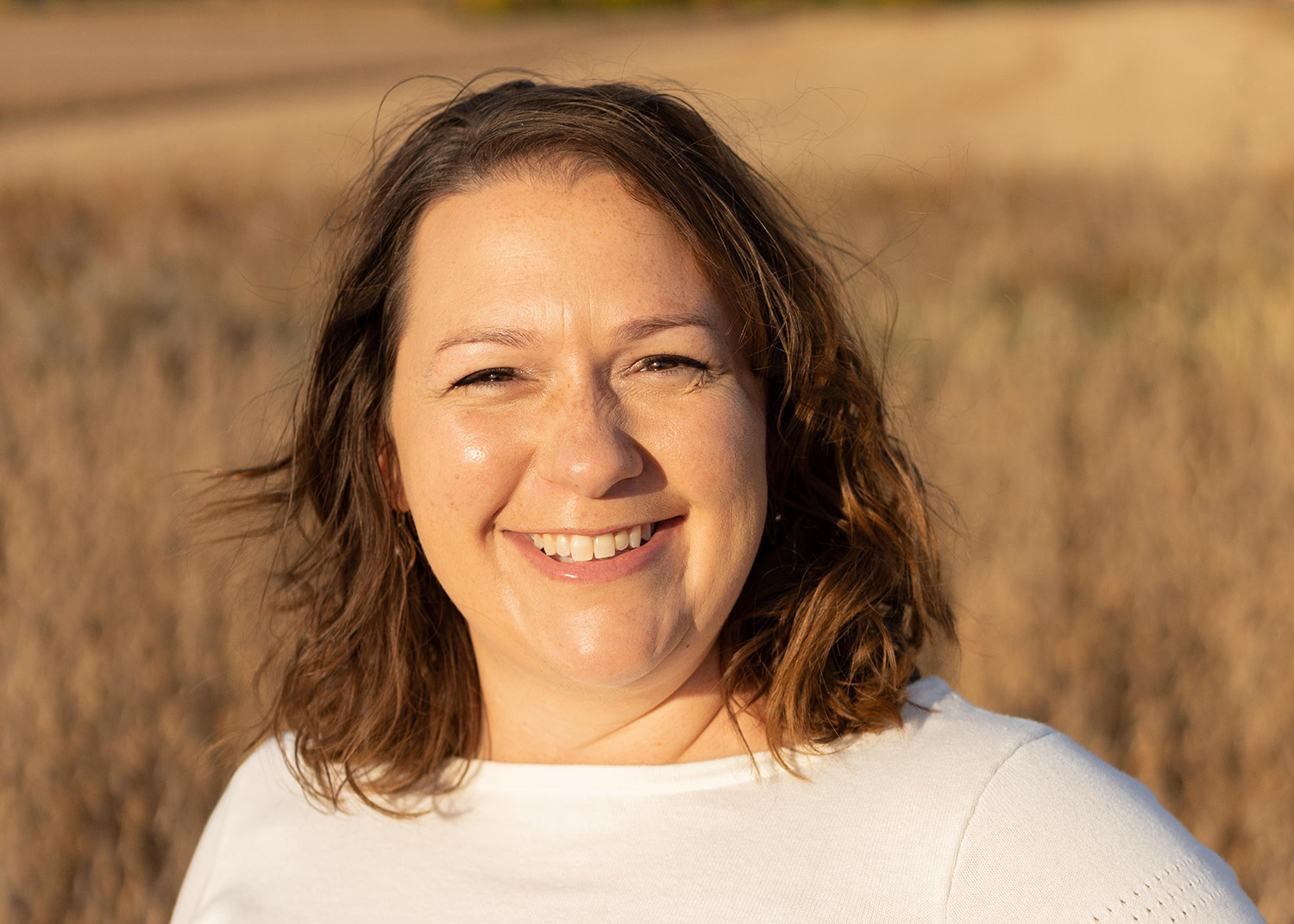
(Photo: Joclyn Bushman/Iowa Soybean Association)
Rural Route 2: A perfect pairing
October 28, 2022 | Bethany Baratta
Peanut butter and jelly. Sonny and Cher. Macaroni and cheese. Mickey and Minnie. Shoes. The best things come in pairs.
Take soybeans and livestock, for example.
As a great source of protein and rich in amino acids, soybeans are a premier choice for livestock feed. Nearly 61% of the soybeans grown in the U.S. goes to feed poultry, including turkeys, which will soon be destined for your Thanksgiving feast. In these turkeys’ lifetimes, they’ll each gobble up around one-third of a bushel of soybeans – about 20 pounds or half their body weight.
Turkeys raised in Iowa are typically found behind the deli counter or in a favorite Jimmy John’s or Subway sandwich and consume about 4 million bushels of soybeans each year.
Soybeans are also a key source of nutrients for other protein-rich favorites, such as chicken, pork, eggs, fish, dairy and beef.
Why is soy so good? I asked Grant Kimberley, ISA’s senior director of market development, for his perspective.
“It’s the premier vegetable protein choice for livestock production because it has one of the best natural amino profiles of any protein-based feed source out there,” he says.
What does this perfect pairing of soy and livestock mean for Iowa?
“Increasing livestock production supports the state’s economy while increasing demand for U.S. soy,” Kimberley says.
A recent study from the United Soybean Board and the National Oilseeds Processors Association shows the soy value chain has a $15 billion impact on Iowa’s economy.
While soybean production makes up the bulk of the economic impact at $11.5 billion, soybean delivery, grain elevators and crushing account for $2.56 billion. Feed milling and selected food use make up $311 million of Iowa’s total impact.
In this issue of the Iowa Soybean Review, read how your checkoff investment supports the work of the Coalition to Support Iowa’s Farmers, which helps farmers responsibly start or grow their livestock farms. Dive into how the Soy Aquaculture Alliance is building a preference for soy while increasing domestic aquaculture production. Also, learn how your checkoff investment creates a preference for U.S. soy internationally.
In this season of thanksgiving, we give thanks for the gifts in our lives. I’m grateful for farmers – your work is defined in acres, not in hours. I’m thankful for those who help you, too – your husbands and wives who look after other parts of your home and farm while you’re in the barns and the fields. Thank you for what you do to provide the feed (for the aforementioned livestock), food (for my family and me), fiber and fuel (for all of us).
Back